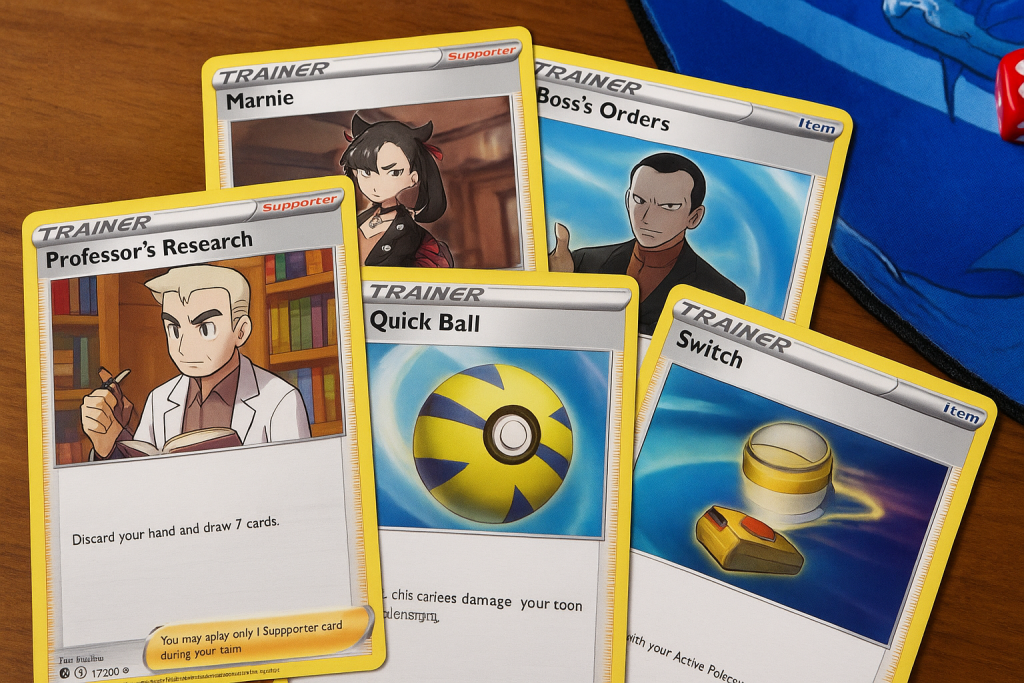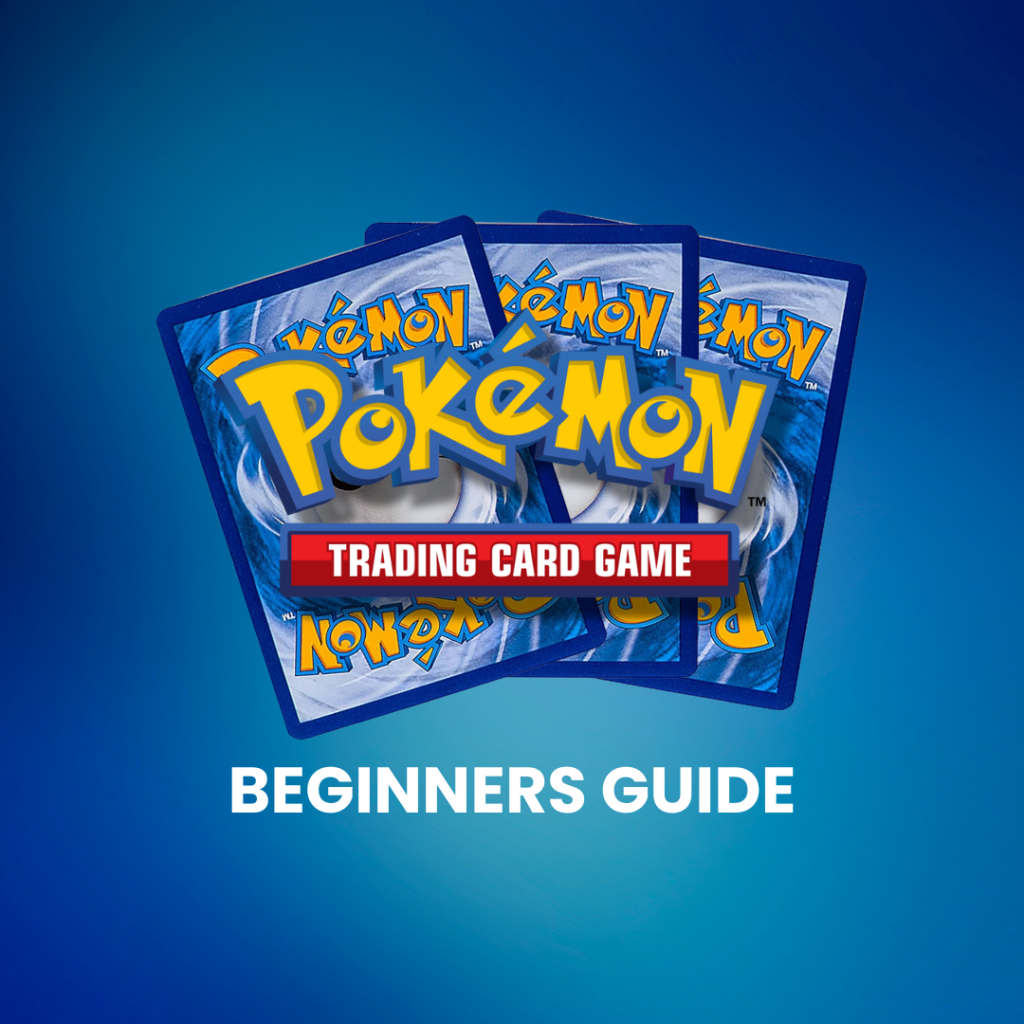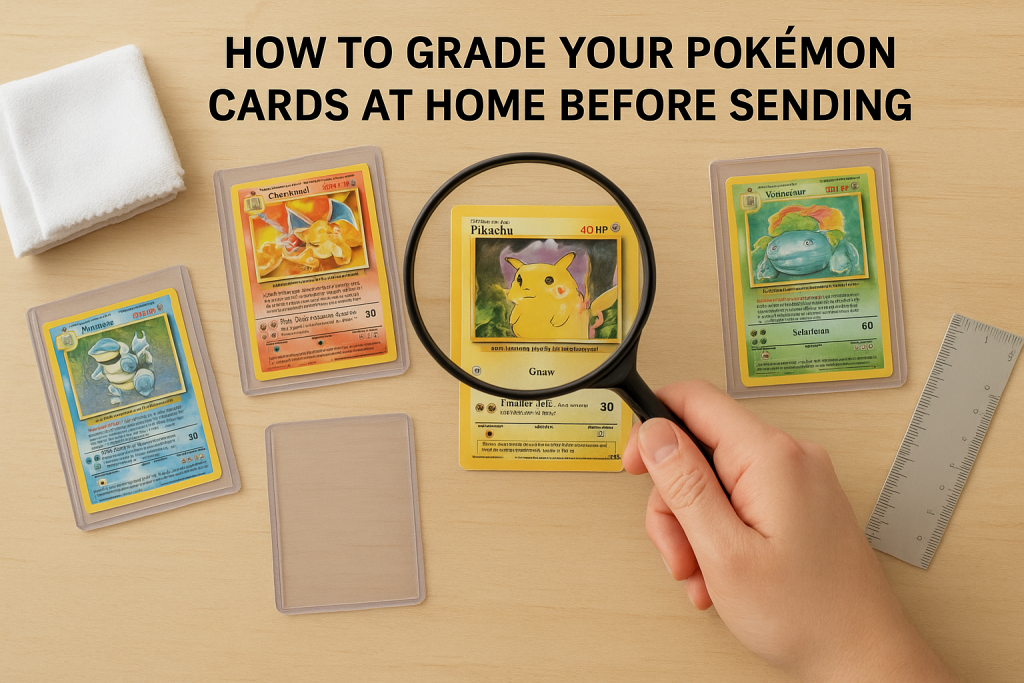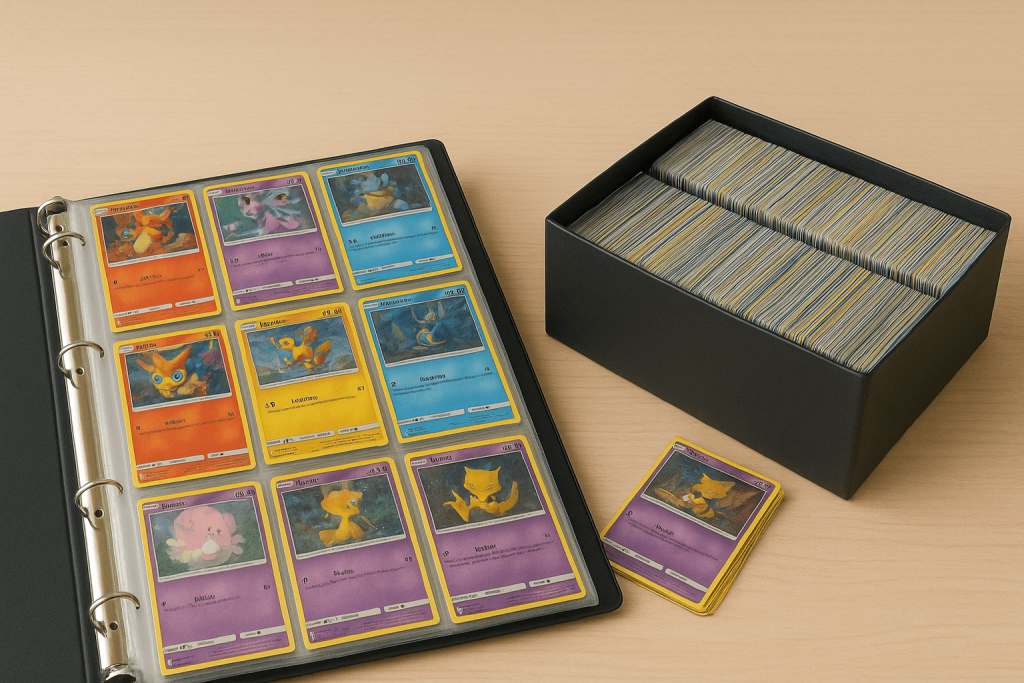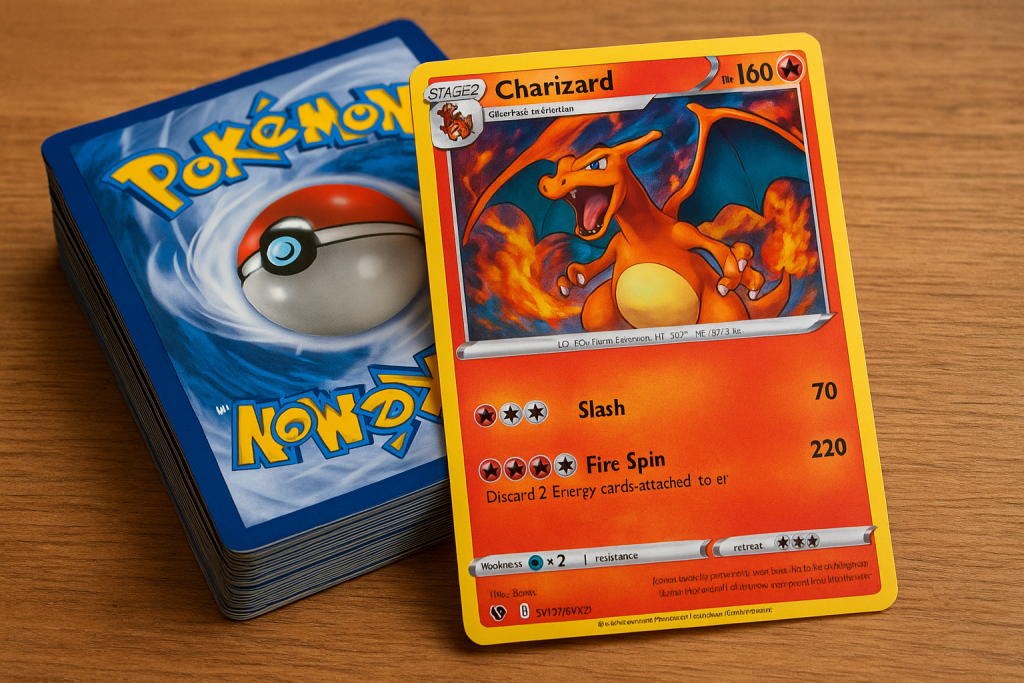Top 10 Trainer Cards Every Player Should Own
In the Pokémon Trading Card Game (TCG), Pokémon are the stars of the show—but without the right Trainer cards, even the strongest Pokémon fall short. Trainers give you draw power, deck consistency, search options, and battlefield control.
If you want to take your deck to the next level, here are the Top 10 Trainer Cards every player should own, along with strategies for using them effectively.
1. Professor’s Research
Effect: Discard your hand and draw 7 cards.
Why It’s Good: This is the single most powerful draw supporter in the game. Even if you’re forced to discard cards you might need later, the payoff of drawing 7 fresh cards outweighs the risk.
Strategy Tip: Use Professor’s Research when your hand is low-value or when you’re stuck without the resources you need. Pair it with cards that benefit from being discarded (like Energy recovery cards or Pokémon with discard synergy).
2. Marnie
Effect: Both players shuffle their hands to the bottom of their deck. You draw 5 cards, your opponent draws 4.
Why It’s Good: Marnie combines disruption with draw power. Not only do you refresh your own hand, but you can also reduce your opponent’s options, especially if they’ve been holding onto a big combo.
Strategy Tip: Time Marnie just before your opponent’s turn if you know they have a strong hand. It’s especially useful against decks that rely on building up cards in hand, like combo-heavy strategies.
3. Boss’s Orders
Effect: Switch one of your opponent’s Benched Pokémon with their Active Pokémon.
Why It’s Good: This card gives you full control over which Pokémon you battle. Pull out a weak or vulnerable Pokémon to secure an easy knockout—or drag out a support Pokémon to stall your opponent’s strategy.
Strategy Tip: Combine Boss’s Orders with a strong attacker that can knock out support Pokémon like Crobat V or Lumineon V. This not only gains you prizes but also removes your opponent’s consistency engines.
4. Quick Ball
Effect: Discard a card, search for a Basic Pokémon.
Why It’s Good: Quick Ball is essential for setting up your deck early. Almost every deck relies on multiple Basic Pokémon, and Quick Ball ensures you can grab what you need right away.
Strategy Tip: Discard high-value targets strategically. If your deck has ways to recycle Energy or Pokémon from the discard pile, Quick Ball becomes a two-for-one—search power plus setup for later plays.
5. Ultra Ball
Effect: Discard 2 cards, search for any Pokémon.
Why It’s Good: Unlike Quick Ball, Ultra Ball isn’t limited to Basics. It’s versatile, helping you fetch evolutions, attackers, or situational tech Pokémon.
Strategy Tip: Since Ultra Ball requires two discards, use it in decks with built-in recovery or synergy with the discard pile (for example, decks using Energy retrieval cards or Gengar lines).
6. Switch
Effect: Switch your Active Pokémon with one of your Benched Pokémon.
Why It’s Good: Energy retreat costs can slow you down. Switch removes that problem, letting you reposition instantly without wasting resources.
Strategy Tip: Switch is especially critical in decks with high-retreat Pokémon like Snorlax or Eternatus VMAX. Use it to reset Ability-based Pokémon (like Jirachi or Comfey) by cycling them in and out of the Active Spot.
7. Escape Rope
Effect: Both players switch their Active Pokémon with a Benched Pokémon (your opponent switches first).
Why It’s Good: Escape Rope forces your opponent to move their Active Pokémon, which can disrupt strategies or bring forward something less desirable.
Strategy Tip: Use Escape Rope when your opponent has only one Benched Pokémon—they’ll be forced to swap into it. This can expose vulnerable Pokémon they’d rather protect.
8. Rare Candy
Effect: Evolve a Basic Pokémon directly into its Stage 2.
Why It’s Good: Rare Candy saves you a whole turn of evolving, accelerating your strategy. For Stage 2-focused decks, it’s almost mandatory.
Strategy Tip: Use search cards like Level Ball or Ultra Ball to find your Stage 2 pieces early. Pair Rare Candy with consistency supporters (like Professor’s Research) so you don’t get stuck waiting for the right pieces.
9. Scoop Up Net
Effect: Put a non-GX, non-V Pokémon back into your hand.
Why It’s Good: Scoop Up Net allows you to reuse Abilities multiple times in a game. It’s also a way to remove damaged Pokémon from play before your opponent can take a knockout.
Strategy Tip: Perfect in decks that rely on support Pokémon like Inteleon (Shady Dealings) or Comfey. Scoop them up, replay them, and trigger their Abilities again for maximum advantage.
10. Pokémon Tool: Choice Belt
Effect: The attacks of the Pokémon this card is attached to do +30 damage to your opponent’s Active Pokémon V.
Why It’s Good: Choice Belt helps your attackers hit key damage thresholds, turning 2-hit knockouts into 1-hit knockouts against V Pokémon.
Strategy Tip: Combine Choice Belt with damage-boosting Abilities or attack modifiers to consistently hit the magic numbers needed to KO popular meta Pokémon. It’s especially strong in aggressive decks.
Conclusion
Trainer cards are the glue that hold a Pokémon deck together. With these Top 10 Trainer cards, you’ll have the tools to keep your deck consistent, disrupt your opponent, and stay one step ahead. Whether you’re preparing for local tournaments or climbing the competitive ladder, these cards are staples every player should own.
